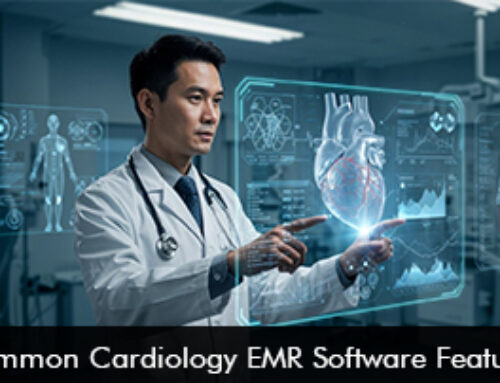Medical practices know the importance of workflow optimization as it helps to increase productivity and day to day efficiencies. Healthcare technology and digital tools have helped hospital systems and set-ups to streamline their tasks and workflows. Workflow optimization means that your practice can meet the demands of stakeholders and patients without the repetition of tasks. One of the major goals of workflow optimization is to reduce the time it takes to complete recurring tasks and automation has helped practices with that. The software systems help to complete tasks quickly and reduce the burden of staff members.
The three ways to optimize practice workflows
Let’s look at the three things that improve your practice efficiency and productivity making sure you fulfill the ultimate goal to enhance patient care.
- EHR software integration – Electronic Medical Records (EMR) software’s main function is to promote interoperability which in turn provides the best patient experience through optimizing practice workflows. EHR software solutions help to streamline clinical, administrative, and financial procedures which leads to greater productivity. Through interoperability care coordination also improves as care team communication is facilitated. The seamless exchange of patient information and data between healthcare organizations improves the care process due to an increase in the knowledge pool.
- Patient portals – If your practice is utilizing an EMR software system then you must be using the feature of the patient portal platform offered by the robust software system. The patient portal provides a bridge of seamless communication between the provider and the patient. Patients can quickly access information round the clock. The patient portal EMR Software collects all patient data and information which is necessary for the best diagnosis and treatment. The data includes patient history, previous allergies, and any medical procedures conducted and billing information. Through the patient portal platform patient can easily schedule online appointments and also view their lab results. Through the e-Rx features, providers can easily respond to medication refill requests. By automating several administrative tasks practice productivities can be realized.
- Artificial intelligence (AI) – Artificial intelligence is the mainstream technology in healthcare to help interpret complicated medical data. AI can help to optimize practice workflows by helping to complete clinical documentation tasks with increase productivity. Provider’s time can be saved as AI can rapidly extract information for quality reports, this data is crucial to enhance healthcare delivery.
Wrapping it up
By improving your clinic’s productivity through optimized workflows you will be in a better position to keep patients satisfied and enhance patient outcome levels. By lowering the administrative burden on staff members and reducing physician’s burnout the patients can expect better care.







